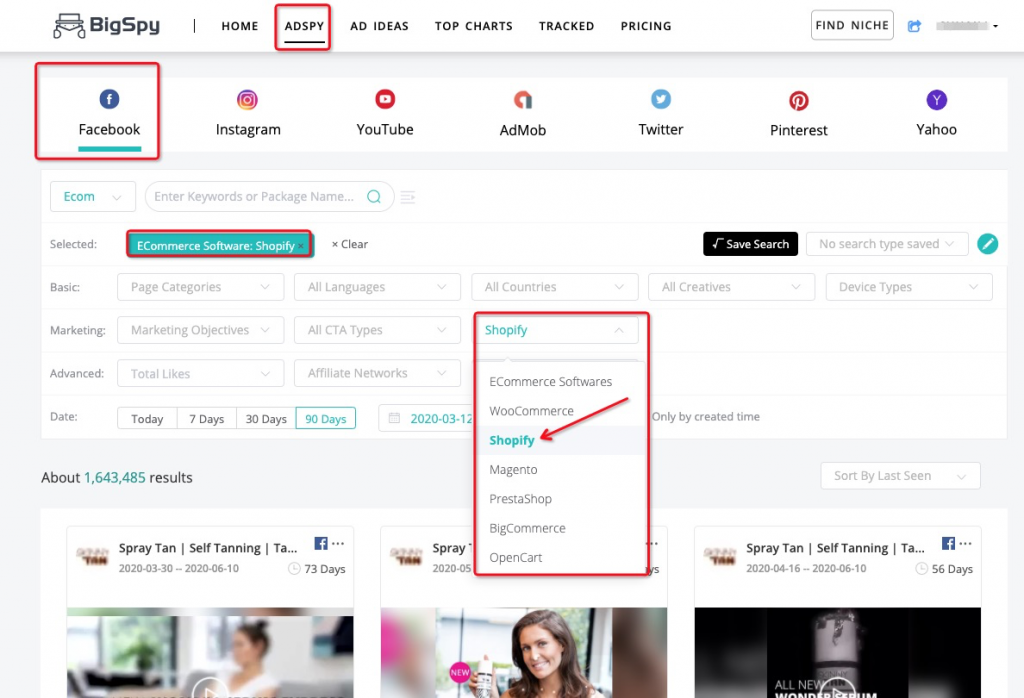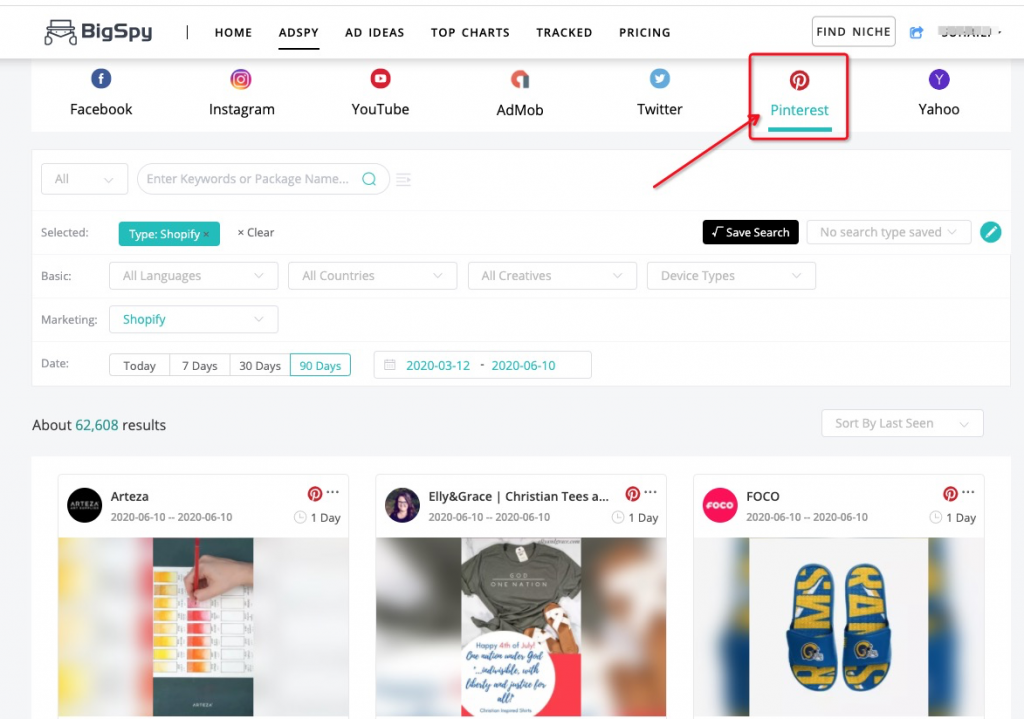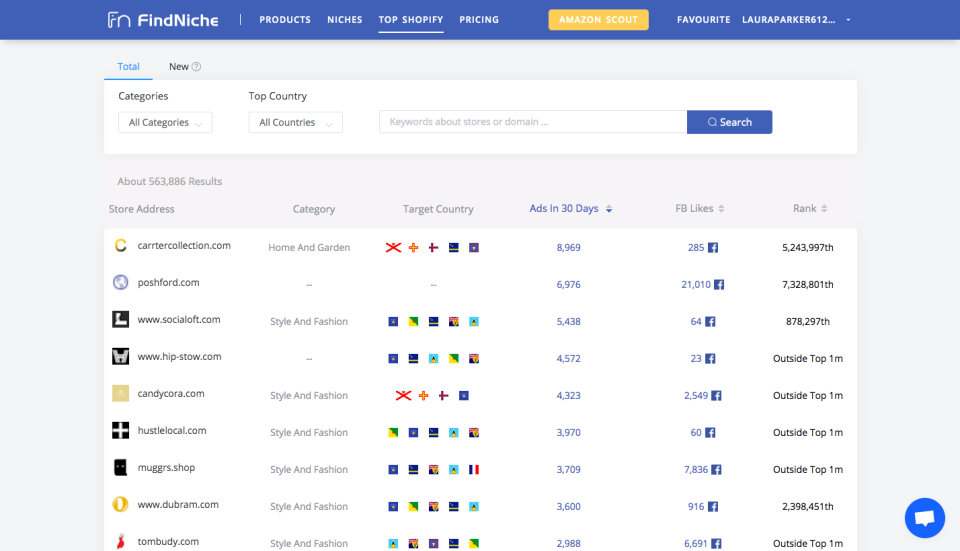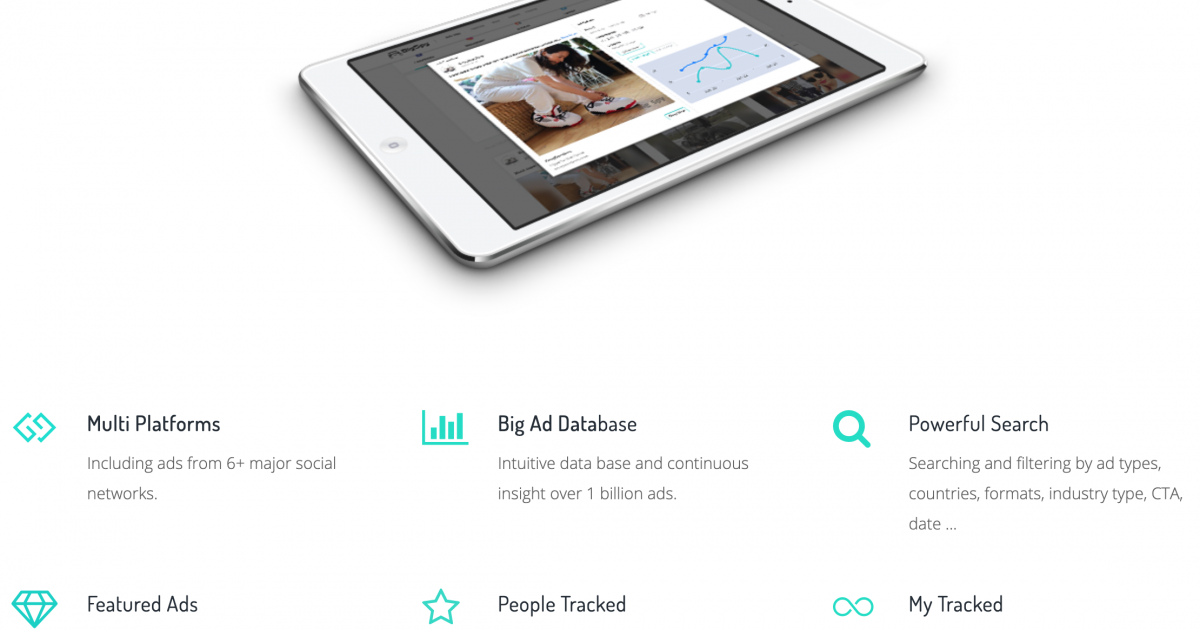How To obtain Shopify Spy Intelligence for Your Business?
As a corporate marketer, keeping a close eye on your competitors can help you anticipate market changes, discover new trends and successful strategies, and stay at the forefront of your niche market.
But simply snooping on competitors’ social media accounts and subscribing to their email lists is not enough. You need to develop a strategy that ensures that you can continuously and effectively monitor your competitors and update your view of the competitive landscape as it changes.
In this article, we will discuss a way to obtain Shopify’s spy intelligence for your business, which will be oriented towards e-commerce business, especially the Shopify store.

What is Shopify’s spy intelligence?
Shopify spy intelligence is an analysis of your competitors and a comparison of your business. By assessing your competitors’ strengths and weaknesses, you can begin to work out how to bring more benefits to your company.
Shopify spy intelligence analysis can help enterprises identify potential advantages and barriers in a market, conduct a series of Shopify store operations around products or services, and generally help brand monitoring, directly or indirectly find out competitors are implementing similar marketing, pricing, and sales strategies.
What should you cover in your Shopify spy intelligence analysis?
Competitive analysis can vary greatly depending on how much you are trying to learn about your competitors.
You can do competitive analysis around specific aspects of a competitor’s business, such as their website, or you can take a high-level look at their overall marketing approach.
If you are conducting high-level Shopify spy intelligence analysis, you need to ensure that your market positioning around your competitors includes some major factors, such as:
Who are their target customers?
Are their main differentiating factors or unique value-add their businesses and products?
What are the main features/benefits that they highlight in their sales materials?
What’s the price of their product? Even in different markets, there are different prices
If they have received any money or venture capital, these sections will help you gain a deep understanding of how these businesses differ from each other and how they strive to differentiate themselves from the competition in the marketplace.

What should you include in your competitive analysis?
Your competitive analysis can vary greatly depending on what you are trying to learn about your competitors. You can do competitive analysis around specific aspects of a competitor’s business, such as their website, or you can take a high-level look at their overall marketing approach.
You can build competitive analysis in many different ways, so let’s look at the types of information that often appear in such studies.
If you are performing a high level of competitive analysis, you need to ensure that the market positioning around your competitors includes some key elements, such as:
Who are their target customers
Their main differentiating factor or unique value-added is their business and product
Key features/benefits that stand out in their marketing materials
Product price point and even different markets
How do they get close to transportation
If they have received any funds or venture capital
These sections will help you gain a deep understanding of how these businesses differ from each other and how they strive to differentiate themselves from the competition in niche markets.
If you want to see more specific elements of the Shopify spy intelligence adversary approach, consider including these sections in your competitive analysis:
Site features (such as search tools, product images, design/layout, etc.)
The customer experience (shopping cart abandonment strategy, customer support, mobile user experience, etc.)
Social media methods (channels used, frequency of publication, engagement, etc.)
Content marketing strategy (blog topic, content type, etc.)
Marketing strategy (promotion type, discount frequency, etc.)
Email marketing (newsletter, promotional code, etc.)
Customer reviews (language used around the product, regular complaints, etc.)
In general, a competitive analysis can take many forms and forms, depending on what the company wants to evaluate its competitors, but this should give you an idea of what might be included in the different sections.
Why is Shopify spy intelligence analysis critical to e-commerce?
The main reason this is important is that you can do effective competitive analysis without knowing your competitors — you can’t differentiate your product if you don’t know what makes you different.
Especially for e-commerce enterprises, a competitive analysis can also help:
Make smarter marketing decisions
Determine industry trends
Determine your pricing strategy
Explore new ways to talk to customers, even with new customers
Look for market gaps, but also ensure “market gaps”
This kind of analysis applies not just to retailers buying e-commerce for the first time. Competitive analysis can be an unusual document, evolving as a company grows and matures.
So how do you get Shopify spy intelligence for your business?
Step 1: Create a list of 5-10 competitors
Step 2: Create a spreadsheet (excel spreadsheet with product types, websites, traffic, ideas, etc.)
Step 3: identify major/minor competitors
Step 4: collect data through the tool (recommended use BigSpy Shopify spy tool-free)
Step 5: do some practical research
Here I can say clearly if we use Shopify spy tools such as Bigspy, FindNiche, can easily solve the problem, if we use Bigspy, then open this page, we search for a keyword “skirt”, we can see many “skirt” of products, so we can find the same industry competitors website, and then record in the excel spreadsheet
In addition, we can use this tool to study the trend of “skirt” products, as well as the top stores, which can help us analyze our competitors and serve as spy intelligence for competitors.
Like Bigspy, another tool to get Shopify intelligence is FindNiche, but from another dimension. It offers a long list of Shopify stores, and you can filter out these stores by categories, top countries, and keywords. Meanwhile, you can check store address, target country, FB ads in 30 days, FB likes as well as Alexa rank of each store. It’s quite easy to find and spy your Shopify competitors. Typically, the purpose of monitoring your competitors is to better develop our own strategies. More than that, FindNiche, as a dropshipping niches finder tool, It also integrates AliExpress & Shopify, when you check one product, you will also know whether this product sold on AliExpress is sold in Shopify stores as well, and you can check how many Shopify stores are selling this product with what kind of profit margins, then you can make your own decision on Shopify product research as well as Shopify marketing.
Consider doing a SWOT analysis of this Shopify spy intelligence data set, which Outlines the strengths, weaknesses, opportunities, and threats of your business and competitors. Then defining these areas will help you put your business in perspective and help you make smarter, smarter choices that provide future-oriented choices for your brand.






